From drop-in replacements to new polymers, what role will renewable materials play in a sustainable future?
As the world looks to reduce its reliance on plastics derived from petrochemical sources, the potential of renewable bio-based alternatives is coming to the fore. Whether as direct replacements for existing materials or completely new ones, the coming years will undoubtedly see significant penetration of bio-based plastics in the market.
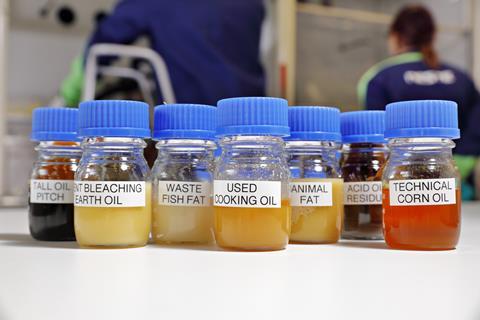
Pretty much any type of biomass can be used as a starting point, according to Hasso von Pogrell, managing director of trade association European Bioplastics. From virgin crops to biomass waste, via specially cultivated alternatives such as algae, the range of potential sources is substantial.
Of course, some are easier to work with than others. Extracting sugar or starch from edible food crops such as corn is relatively straightforward, but this leads to suggestions it is taking food away from people. ‘This is something that is, unfortunately, sticking around, because it’s not true,’ von Pogrell says. ‘The amount is very low. Even if you anticipate high growth of bio-based plastics it is still very little.’
We need to use the existing infrastructure if we are to change the 350 million tonnes of plastics produced every year
The easy wins will come with drop-in replacements, where the bio-based feedstocks or plastics are identical to fossil-derived materials. Bioethanol, for example, is already manufactured on a huge scale for fuel from starch-rich crops such as corn. This can be made into ethylene and other monomers, and Braskem has been using bioethanol as a feedstock to make ethylene and polyethylene in Brazil since 2010. It is now working on producing polypropylene, too. ‘This green ethylene is used to make green propylene via a dimerisation and metathesis process,’ says Gustavo Lombardi, the company’s business development director.
Braskem is now planning a bio-based polypropylene facility in the US. The company claims it would have a negative carbon footprint, thanks to the biogenic carbon captured in the corn crops. ‘Preliminary studies using average data from the industry, from crops to Braskem’s gate, show at least carbon neutrality,’ Lombardi says. ‘Further studies using metrics and data from our supply chain to our polymerisation process are being conducted to optimise and make our carbon footprint even more efficient.’
Neste is creating drop-in solutions that will work seamlessly in existing processes, replacing fossil-sourced feedstocks. Its Neste RE feedstock can be made from both renewable and recycled content. ‘Our strong belief is that we need to use the existing infrastructure if we are to change the 350 million tonnes of plastics produced every year,’ says Lars Börger, vice president for strategy and long-term development at Neste renewable polymers and chemicals.
For the renewable version, waste and residual oils and fats, such as used cooking oil, are transformed into bio-based feedstock and fed into an existing steam cracker instead of conventional feedstocks such as naphtha. Oil-based sources are preferable to sugar-based ones, Börger believes, as the proportion of carbon is higher. A hydrogenation process turns the glycerol part of the oil into propane, and the fatty acids into linear alkane chains with 16 to 18 carbons for the cracker. ‘It is a direct replacement, with the only difference being that it is bio-based,’ Börger says.
The ethylene and propylene that emerge from the cracker are also identical, of course, feeding into bio-based downstream products. A good example is the collaboration with LyondellBasell and Sweden’s Wellspect HealthCare, which makes plastics for medical devices. Introducing a new plastic into this heavily regulated market takes an unfeasibly long time; using drop-in bio-based monomers to make existing materials from non-fossil sources reduces the product’s carbon footprint without jeopardising clinical performance.
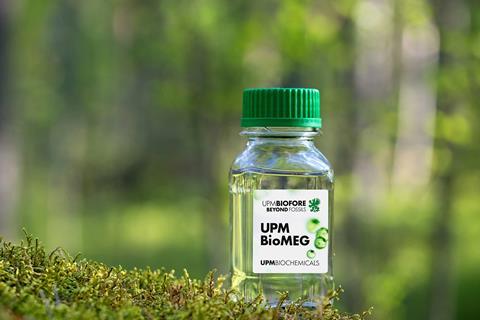
Collaborations with downstream companies will be key to the successful uptake of bio-based materials, not least because of the regulatory and consumer pressure they are facing to shift to more sustainable materials. ‘We discuss with brand owners what their needs are,’ Börger says. ‘Then we connect them with production partners such as steam crackers to kick off more sustainable value chains that help the brand owners achieve their targets.’
By early 2024, the company expects the overall annual capacity for Neste RE to hit 5.5 million tonnes, with its technology making renewable material in Finland, the Netherlands and Singapore, and at a joint venture in the US. This is the combined total for renewable diesel, sustainable aviation fuel, polymers and chemicals.
The relatively large capacity for Neste RE is important for persuading customer companies to go down the renewable route, Börger says, as they might worry about raw material availability if there is only a pilot plant. The investment Neste made in the late 2000s – amid the financial crisis – was key to its current capacity, which is now being increased further.
UPM Biochemicals is using another widely available waste material, trees removed during the thinning process in sustainable forestry and waste from sawmills, as the starting point for bio-based chemicals. The wood is first de-barked and chipped, says vice president Michael Duetsch, and the chips treated with steam at high pressure and temperature, leading to a very fine pulp. Cellulosic materials are extracted, mostly based on hemicellulose, or xylose if the source was a hardwood, and the pulp subjected to enzymatic hydrolysis. The lignin component of the wood remains a solid material. A catalytic hydrogenation process then cracks the sugar to give monoethylene glycol as the main product, and this is purified by distillation. It can then be used to make plastics such as polyethylene terephthalate (PET) for packaging and polyester textiles.

The lignin does not go to waste– it is converted to a renewable functional filler that can be used to replace carbon black and silica in rubber applications. It can also be used to make black plastic that can be optically sorted for recycling.
‘Replacing petrochemicals with sustainable chemistry is a must-do for the next decade, but we face a gigantic challenge,’ Duetsch says. ‘We started with a concept building a decade ago, and we are now in the middle of implementation. This ramp-up phase will take some time, but we believe biomass can be a key player in sustainable materials in the future. But for a significant market share we need to have drop-in solutions.’
In the balance
With chemically identical drop-in materials, accounting and mass balance becomes an important principle for encouraging the use of bio-based feedstocks. It allows bio-based content to be allocated to products further down the production chain. However, there is a risk that producers will be accused of ‘greenwashing’, not least because, depending on how the calculations are done, the ultimate material might not have any actual bio-based content. This is why it is important that all claims are carefully tracked and validated. Certification, for example by organisations like ISCC, based in Germany, allows renewable inputs to be attributed to downstream outputs.
Mass balance has the big benefit of improved sustainability without changing the technical specification or performance
Covestro is one company that is both using bio-based raw materials directly, and via mass-balanced products derived from biomass. ‘We will use mass-balancing as a chain-of-custody method for new products as well as for the transformation of existing products to more sustainable raw material sources,’ says Nicole Wang, sustainability expert in the company’s performance materials segment. ‘For existing products, this has the big benefit of improved sustainability without changing the technical specification or performance of the products. Being open to various sustainable options will allow us to accelerate the transformation in our industries to use more biomass, or biomass waste/residue, in different downstream applications, to reduce fossil dependency and reduce climate impact immediately.’
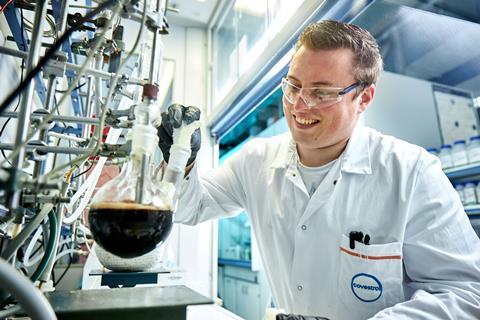
The company’s new CQ label is being given to any product where alternative raw materials, including biomass, hit at least 25%. Several products have already been commercialised, such as a bio-based foam midsole for Vaude’s Lavik Eco outdoor trail shoe, with 50% biomass from supplier Metabolic Explorer. ‘We sourced a partially bio-based feedstock for durable thermoplastic polyurethane (TPU) foams that meet the brand’s Green Shape criteria with no sacrifice in performance,’ says Christian Vossieck, who works in sales and market development for TPU at Covestro.
New plastics, and recycling them
Away from drop-in equivalents of existing plastics, new ones are being developed. Polylactic acid (PLA), a polyester derived from starch-based crops such as corn, has already seen significant adoption since it emerged in the 1990s. Another, the polyester polyethylene furanoate (PEF), has better mechanical and barrier properties than the closely related PET, according to Tom van Aken, chief executive of PEF pioneer Avantium, and can also be processed at lower temperatures.
How are you going to be recycling at scale if you’re not going to be on the market at scale?
The company is already working with brands such as Carlsberg, LVMH, AmBev and Henkel to supply PEF and its precursor furandicarboxylic acid (FDCA). For example, the partnership with Henkel is exploring the potential for FDCA in adhesives for electronics applications. ‘This demonstrates the wide-scale interest in the material across various applications and industries, who are utilising PEF to strengthen their sustainable initiatives,’ he says.
Commercial production at its 5000 tonne/year FDCA plant in Delfzijl, Netherlands, is set to begin in 2024, with a 10 tonne pilot plant already operating in Geleen, Netherlands. The current process to make FDCA uses fructose syrup derived from European wheat starch. The company has developed a process to make the other key PEF building block, monoethylene glycol, using sucrose from beet sugar, and a 10 tonne plant for this has been running since 2019. Both monomers have other potential applications in the polymer sector.
A significant downside that remains for new plastics like PLA and PEF is the absence of a recycling stream. It’s something of a vicious circle, as developing one requires sufficient uptake of the new polymer to provide enough material for recycling. For PEF, up to a point it can be recycled along with PET, and may even offer an advantage by improving its barrier properties. But a separate recycling stream would be beneficial once its market penetration permits.
PLA could be recycled at scale, von Pogrell says, but it currently is not, which impacts how it can fit into regulatory demands for recycling. European Bioplastics is pushing for renewable materials to count towards the EU’s ambitious recycled content targets. ‘If you put the hurdle up too high or at the very beginning, it could be a killer for all the new bio-based materials, because how are you going to be recycling at scale if you’re not going to be on the market at scale?’ he says. ‘We need to say it has to be recyclable, and you need to have time for it to scale up. Then you can say after 10 years, or even longer, it also has to show that it is recycled at scale.’
The circular economy is a new world for entire value chains, with current systems optimised over decades for a linear economy. ‘Bringing circularity is a task we are working on one step at a time,’ Covestro’s Wang says. ‘It requires a strong commitment, from top to bottom, and open collaboration from all partners along the value chain to embrace this new challenge.’





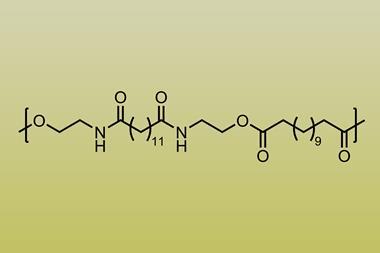
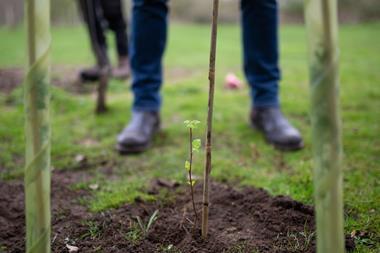
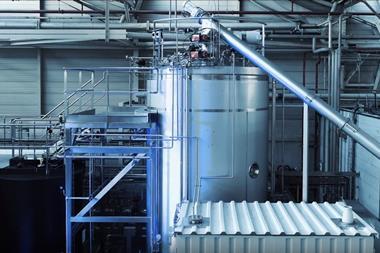
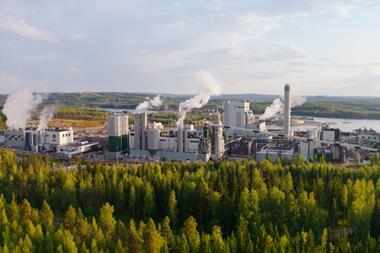
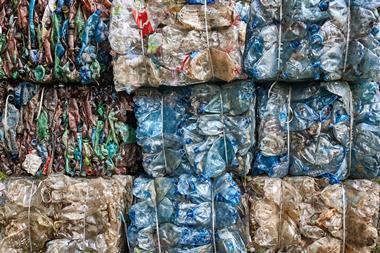
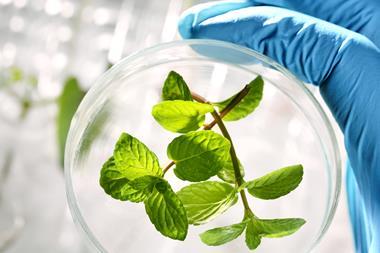


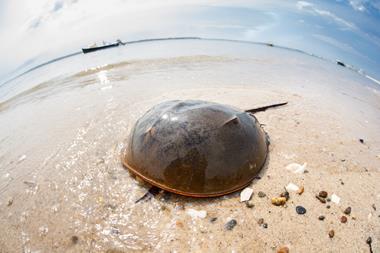

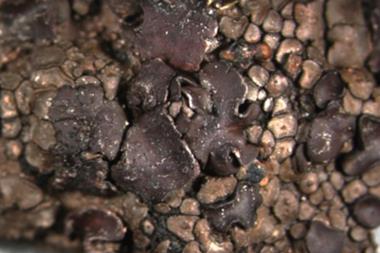
No comments yet